How did Britain become so divided?
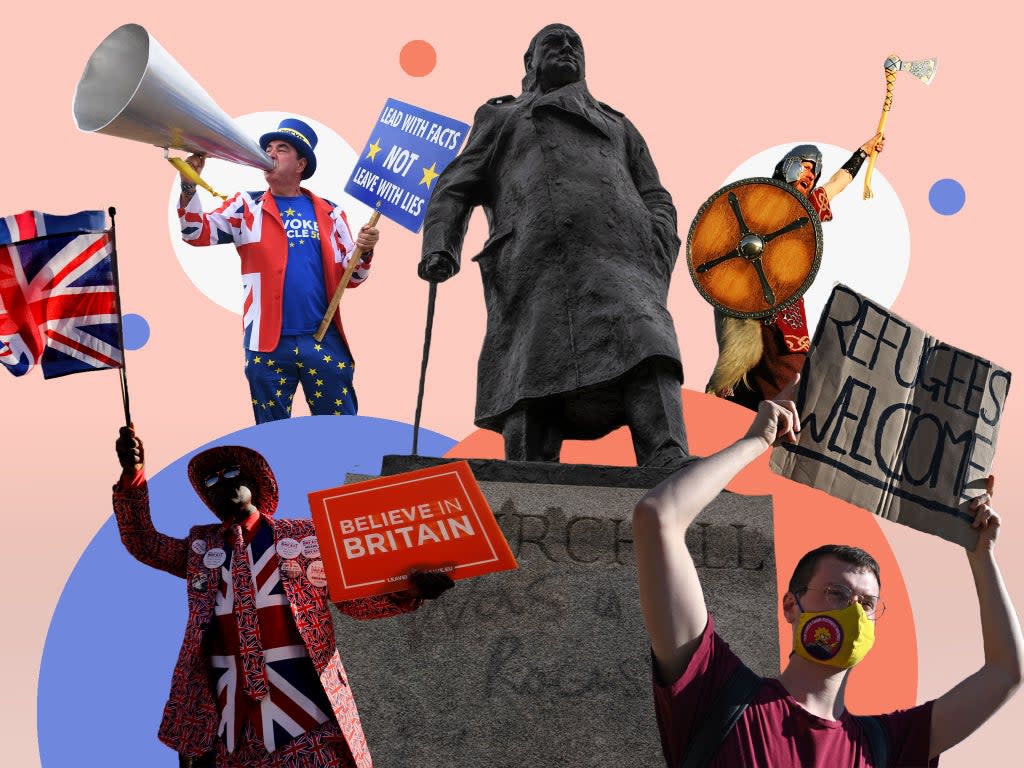
Like maypole and Morris dancing, defacing statues of Winston Churchill is now a rite of spring and summer. Whether it is coiffing him with a green Mohican, spraying blood-red paint around his mouth, or simply aerosoling the word racist on to him, the appearance of the first bluebells tells us it will not be long before there are photographs of a police cordon around a jowly Churchill.
Anyone now over the age of 56 was alive for Churchill’s funeral. On that day The Times described the solemnities as a “moving tapestry of history”, highlighting the palpable affection of the thronging crowds. Everyone, it enthused, was “bound together … by a shared intimacy in personal memories of this great and lovable man. It was as if they were taking their own father to his burial.”
Over half a century on, whenever a Churchill statue is defaced, the nation splits into hermetically sealed clans. In one corner are those on a spectrum from shocked to incandescent. In the other are a coalition ranging from those who note that Churchill – like everyone – had some serious flaws, to those who want no part in a Britain where he is venerated as father of the nation.
How did we get here? How did the 20th-century certainty that Churchill was a Great Man evolve into such a poisonous conflict? And how did we get to the political cognitive dissonance by which cabinet ministers like Rishi Sunak and Priti Patel – both of Indian heritage – can be in a Conservative Party conference hall cheering Churchill to the rafters, fully aware he said: “I hate Indians … they are beastly people with a beastly religion.”
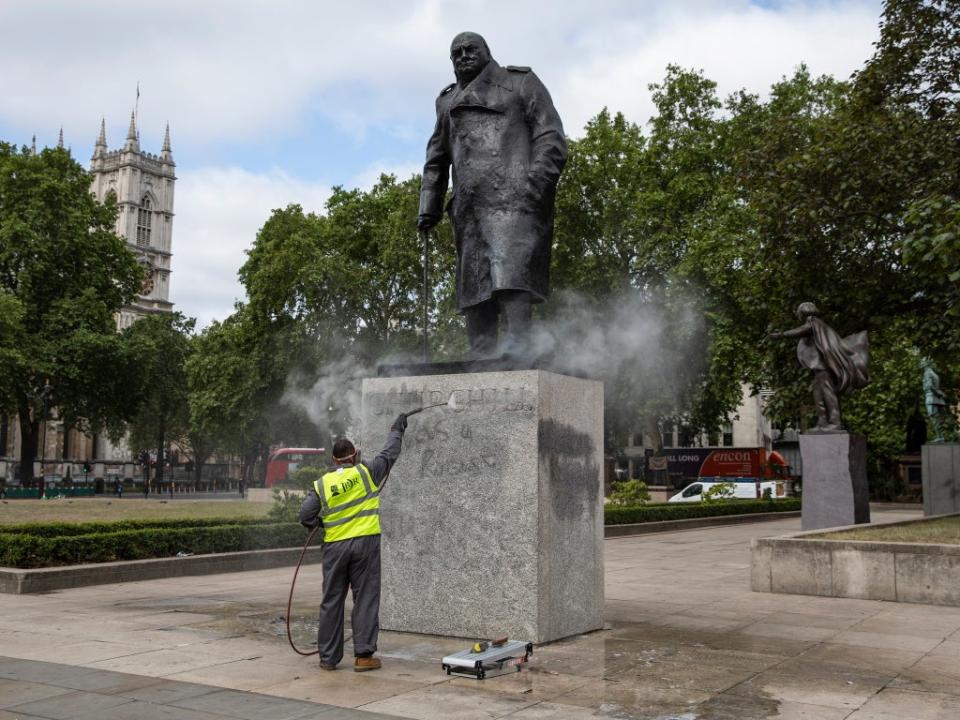
Of course, the problem is not just with Churchill, although a lot of it is, and we will return to this. Statues commemorating everyone from Drake and Nelson to the fallen of the Second Boer War have had targets trained on them, while ther defenders have swiftly moved to form a cultural cordon sanitaire around the effigies, insisting they are “our history”. Meanwhile, institutional custodians of heritage like museums and the National Trust are regularly blasted with injunctions by all sides either to junk, return, or relabel exhibits, or turn a resolutely deaf ear to any such calls.
How and when did British history become so divisive? The answer, I suspect, is during and in the aftermath of the campaigns around the Brexit referendum. Although the often rancorous debates were aimed at resolving Britain's future relationship with the European Union, many of the discussions were unabashed conflicts between opposing visions of Britain's past.
Whether we are conscious of it or not, as individuals our approach to history and the elements of it we value are a component of our identity. So when it is attacked, the assault registers as personal. When one side holds up a historic vision of Britain as a trading nation and ruler of the waves, summoning the fluttering pinnaces of the Royal Navy, it is a red rag to those who want the undoubted violence, avarice, and racism of the British empire acknowledged.
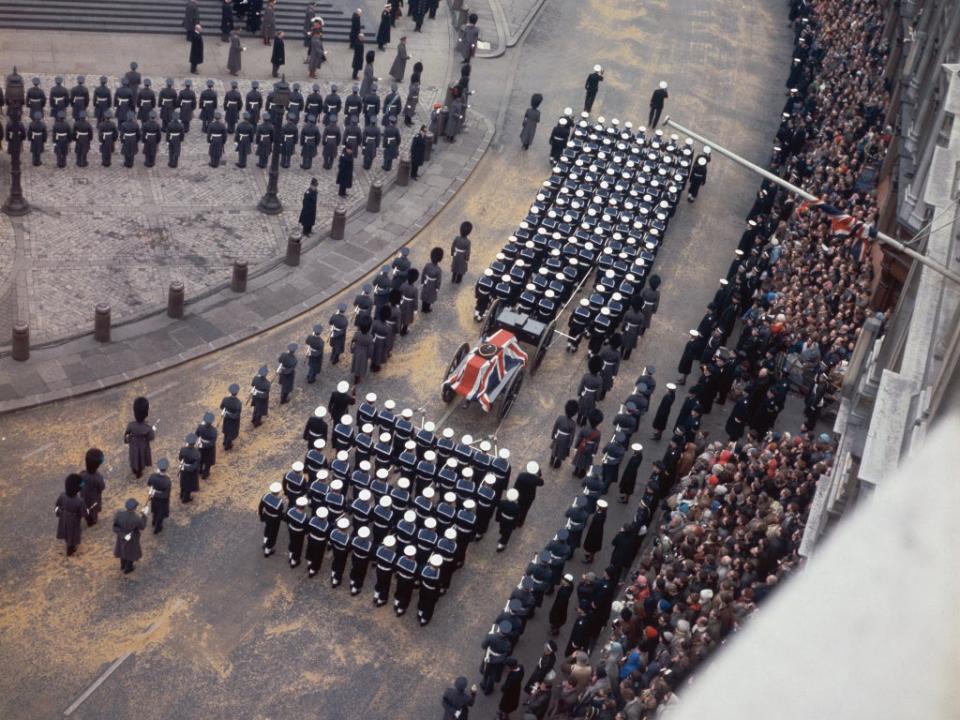
Conversely, when others point to a shared Anglo-European history of DNA and culture since the Stone Age, it inflames those who demand an acknowledgement that in the days of empire Britain punched above its weight, did some things that were appreciated by the citizens of the empire, and functioned with little involvement from continental Europe.
The profound fractures in British society that have become visible through Brexit, the statue stand-offs, and the culture wars are merely the problem becoming visible, as the root issue itself is none of these things. It is rather that the country has lost a shared idea of what it stands for. In the simplistic Snapchat of 10-second politics, the options on offer reduce down to two. Churchill’s Britain – full of salty tars, imperial derring-do and Dunkirk Spirit – or a modern European country with a history of tolerance and a leading voice in the world’s largest trading block.
Henry was one of the most astute, colourful, and energetic monarchs ever crowned at Westminster. He was also French
The fundamental problem with this binary choice is, however, that it misses the opportunity. It looks only to the last two centuries and fails to ask whether there are British identities from before the days of empire and, if so, whether anything can be learned from them. The answer, of course, is that there were. And yes, much.
Britain was – technically speaking – prehistoric until May AD 43 when the Roman legions arrived. Along with war elephants and fish paste the invaders brought writing, and the simple presence of the written word signalled the start of our history. And it began well. Britain had been trading with the Roman Empire for some while, especially after Caesar conquered northern France, bringing the empire’s markets to our doorstep. But Britain’s incorporation into the empire led to unprecedented international opportunities in trade and political influence.
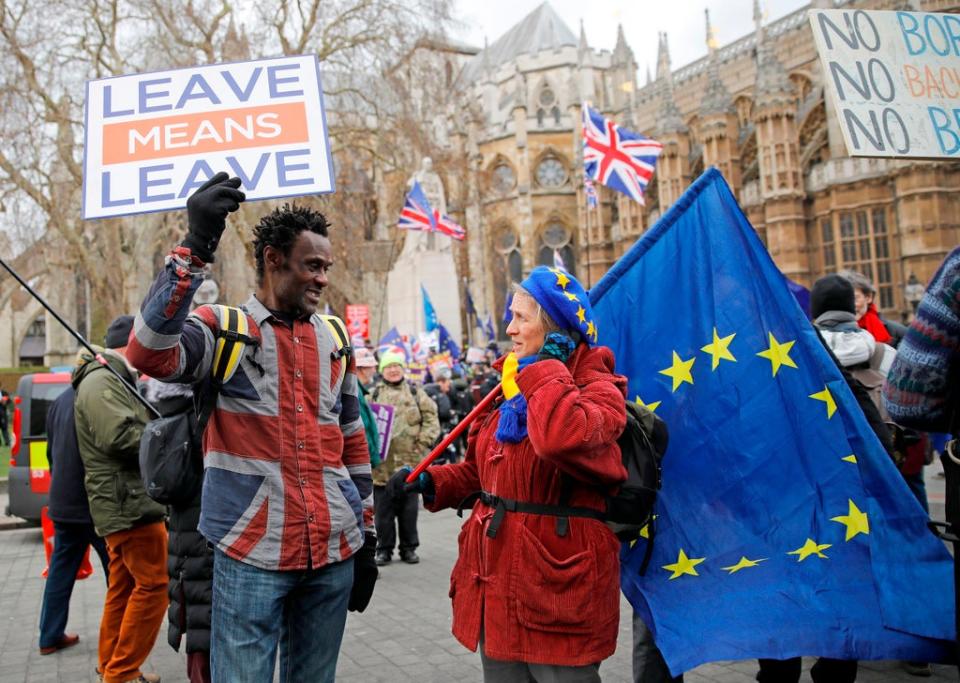
The resulting wealth is visible in the lives of the Celtic tribal chiefs who were empowered by the machinery of Rome to govern. The palace at Fishbourne – likely home of Cogidubnus, client ruler of several tribes – is just one example. And Boudicca’s revolt was triggered over the handling of the wealth and estate of her husband, Prasutagus, chief of the Iceni.
Political influence came via the military, as Roman emperors needed the support of the army. The Britannic legions proclaimed a succession of emperors, including Clodius Albinus, Caracalla and Geta, Postumus, Carausius, Allectus, and Magnus Maximus. Most famously of all, in AD 306 the legions at York raised Constantine the Great to the imperial purple, enthroning a man who arguably created the culture and boundaries of the modern West. He legalised Christianity across his realms, establishing the religious glue that would bind Roman, medieval, and Early Modern Europe together with one confessional identity. And he founded the nerve-centre of the Eastern Roman Empire at his mighty new stronghold of Constantinople: heart of the subsequent Byzantine Empire and a bastion of Christian romanitas until it fell to Sultan Mehmed II in 1453.
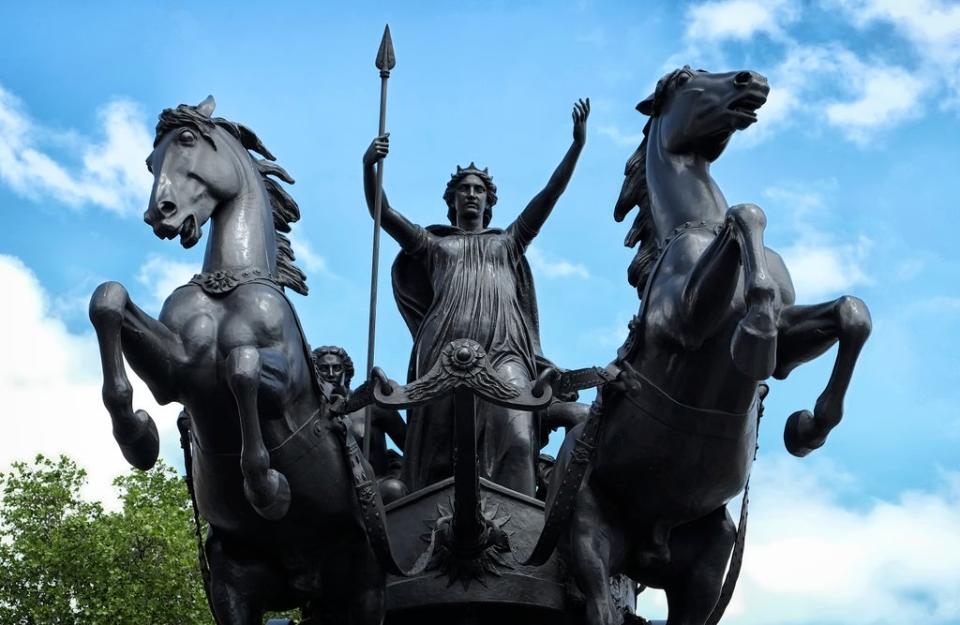
In terms of its cultural identity, the province of Britannia was not Roman in the sense that Italy was. Rather, a relatively small Roman military and political presence in Britain governed through local rulers, leaving many of the former Celtic structures and ways of life in place. It was effectively the same model the British took up with their own empire a millennium and a half later. “Partly Roman Britain (Sometimes)” would be a better description.
When the Western Roman Empire was slowly picked to death, it pulled out of Britain around AD 410, leaving chaos behind. Raiders saw their chance and, within a century or so, the land had been settled by Anglo-Saxons. The Romano-Celtic defenders of Britain were now Christians – one of the earliest tales of Arthur has him carrying an image of the Virgin Mary into battle against the Anglo-Saxons — while the invaders worshipped the Germanic-Norse pantheon.
However, they soon embraced romanitas and joined the religious-political structure of the former Roman territories in Europe. This connected the Anglo-Saxons to a wide world of intellectual, philosophical, literary, and scientific endeavour in which they soon shone. Anglo-Saxon Britain was outward looking, vibrant, successful, and affluent. Which was why many strove to conquer it.

Most notable among the raiders were Scandinavians, who came viking (raiding) from AD 793. Initially specialising in maritime hit-and-run, the Scandinavian military presence became more ominous in AD 865 when the Great Heathen Army landed. The eventual result was a Norse colony – the Danelaw – over the north and east of England. Independently, swathes of Scotland and Ireland had also come under Viking rule, and in the 11th century Swein Haraldsson ‘Forkbeard’ took the English throne, beginning a period of Norse kings – most famously Cnut the Great – who ruled their possessions in Britain as part of a sprawling Scandinavian North Sea empire. Old Norse was the language of the English court and the inheritors of Beowulf brought their culture here.
Speeding on to the next century, everything changed again. In 1066 the lineal descendant of Rollo the Viking of Normandy seized England in the aftermath of the Battle of Hastings and reorientated the nation’s attention southwards, to France. However, his short-loved Norman dynasty fell when Stephen usurped the throne off Matilda, the Conqueror’s granddaughter and, after 19 years of civil war, the young Henry II “FitzEmpress” took the crown as the first Angevin (Plantagenet) king.
Humans did not evolve in Britain. They walked here in the days when Britain was a peninsula jutting off continental Europe into the North Sea
Henry was one of the most astute, colourful, and energetic monarchs ever crowned at Westminster. He was also French, as was his wife, Eleanor of Aquitaine, who brought him the west of France as a dowry, creating an empire that stretched from the Scottish border to the Pyrenees and was a major and influential European kingdom. It was also, of course, still culturally a part of Roman Christendom, whose pre-Reformation faith was what we would now call Roman Catholic. Its military and political power was semi-permanently on show, with Henry II’s most martial son, Richard the Lionheart, taking command of Europe’s key strategic military mission of the late 12th century: to retake Jerusalem from Sultan Salah ad-Din.
These, then, are three distinct identities from Britain’s past: Roman, Norse, and French. They are entirely distinct, yet all successful models in their day, each with a vision of how it fitted into the world. Opening the lens a little wider, there can be no discussion of identity without also looking to culture and heritage, which inevitably brings us to the movement of people.
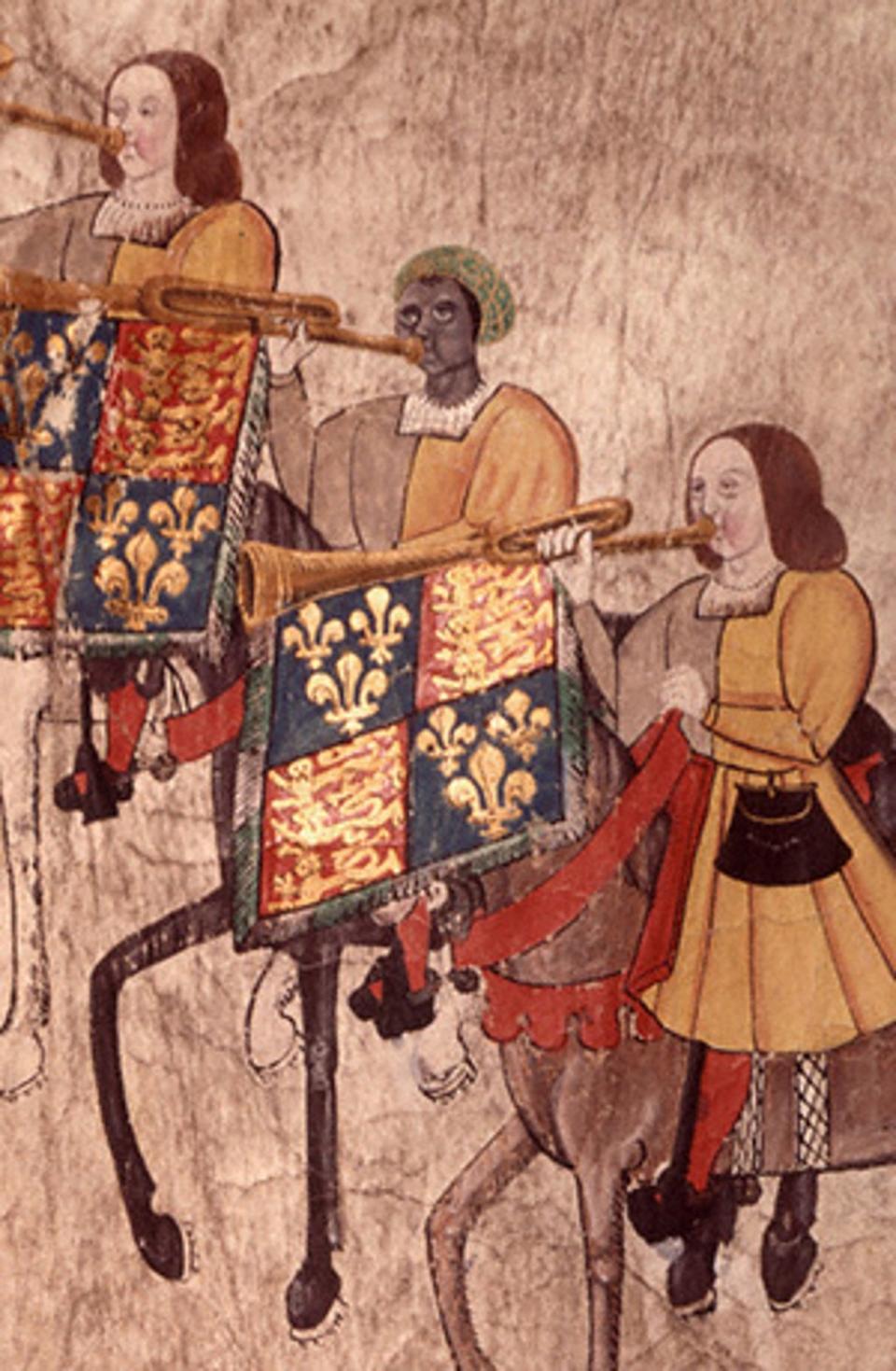
Humans did not evolve in Britain. They walked here in the days when Britain was a peninsula jutting off continental Europe into the North Sea. The first sign of them dates from 950,000 BC, discovered in Norfolk in the form of a group of Stone Age footprints that are the oldest human footprints outside Africa. Humans then went and came as ice sheets formed and thawed, until finally settling permanently in Britain around 10,000 BC. They hunted and gathered, but around 4,000 BC migrant famers arrived and replaced existing populations. Then around 2,500 BC the Bell Beaker people arrived and, within 1,000 years, replaced 90 per cent of the country’s DNA.
Once prehistory turned to history with the arrival of the legions, the country hosted settlers from across the Roman Empire. In the next phase Anglo-Saxons came from Holland, Germany, and Denmark. Then Vikings landed from Scandinavia. Relatively soon after Normans then Plantagenets landed from France. After that the settlements were smaller scale. Roma arrived in the 1500s. Indians with the East India Company and Huguenots in the 1600s. Dutch with William of Orange’s invasion in 1688. Africans since probably Roman days. There is still a carved stone head of a medieval African stonemason in Salisbury cathedral, and John Blank – trumpeter at the court of Henry VII and VIII – is well known.
By 1888 The Times was able to announce: “Every civilised people on the face of the earth must be fully aware that this country is the asylum of nations, and that it would defend the asylum to the last ounce of its treasure, and the last drop of its blood. There is no point whatever on which we are prouder and more resolute.” And a few years later it returned to the theme, noting: “It is part of our identity to be the refuge of nations … From our ancient fusion of many races, and hospitality to many refugees, we derive both the precedent and the capacity for sympathising with all the tribes of humanity.”
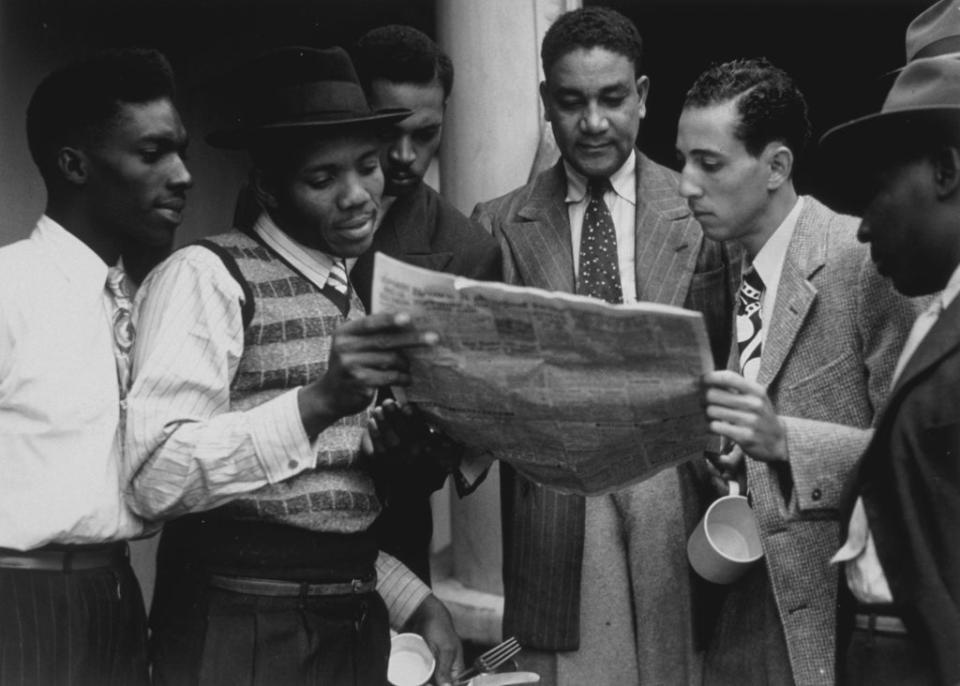
Later, in the Second World War, Poles, Czechs, Australians, New Zealanders, Rhodesians, South Africans, and others came to Britain. Many fought in the skies during the long, hot summer of 1940. We were never, in any sense, alone. And then there was mid-20th-century post-imperial immigration, notably in the 14-year period from 1948 to 1962, when there were liberal immigration policies for those living in the British Empire and Commonwealth.
In 1954 Henry Hopkinson, Conservative minister for Colonial Affairs under Churchill, stood up in parliament and set out the government’s vision of imperial immigration. “Any British subject from the Colonies is free to enter this country at any time … we still take pride in the fact that a man can say Civis Britannicus sum whatever his colour may be, and we take pride in the fact that he wants and can come to the Mother country.” It was the classical imperial model, just as Rome had extended citizenship to residents of Britannia and the whole empire in Caracalla’s edict of AD 212.
Returning to the initial question of how did British society become this fractured and its history so polarised, I said I would revisit Churchill. Today’s problems are not caused by anything he said or did. Rather, they lie in our inability to let go of him and the Second World War. It is as if 1939–45 was the last time the nation agreed on who we are. Today, like every day, a journalist will be writing Blitz Spirit or Dunkirk Spirit in admiration of someone’s fortitude. These phrases’ ongoing popularity are a reminder of our veneration of that era, as are almost annual film and television celebrations of Churchill and the mandatory tourist shop images of him adorning everything from t-shirts to teapots.
The consequences of lazily relying on Churchill and his world of an Anglosphere empire shining light in the darkness are that while it may be familiar and comfortable to many, it offers no solutions to the problems of the 21st century: neither the social and cultural divisions in the country, nor the diplomatic conundra the nation faces as it continues the process of finding out where Britain fits into a post-imperial information age.
The task now is to prioritise and agree on a new identity – and we should look for inspiration to the many, distinct ages before empire and the war – and identify a new national brand. Statues of Churchill may continue to be defaced periodically but, as a nation, it will not tear us in two, and we will genuinely manage to keep calm and carry on.
Dominic Selwood is a historian. His latest book is Anatomy of a Nation. A History of British Identity in 50 Documents, published by Constable, 2021. He will be lecturing at the British Library on 11 November. Tickets £13 (or £5 for online viewing) https://www.bl.uk/events/british-identity-in-50-documents-with-dominic-selwood
Read More
Jumping onto trucks to get to Britain: A migrant's day
Boris Johnson says Britain must not ‘pitchfork away’ investment from China
Britain tries to win over international investors at post-Brexit London summit
Culture secretary accuses Churchill charity of ‘pandering to noisy woke brigade’


